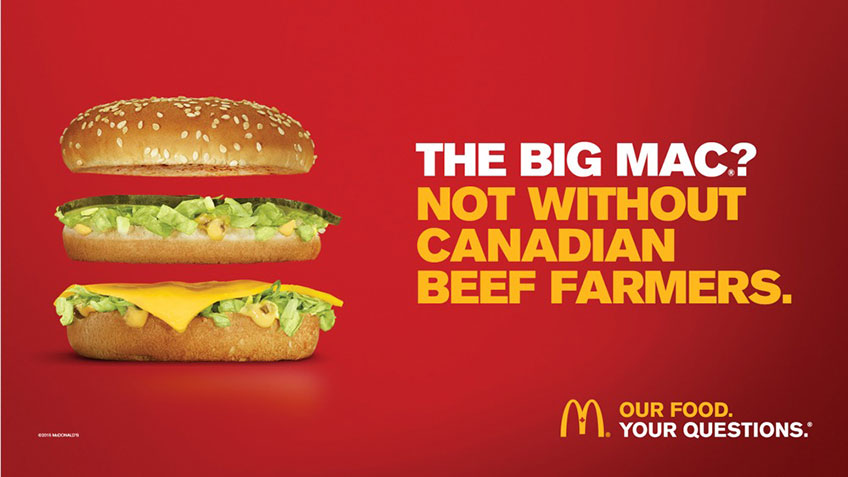In our 2030 predictions blog we included two of many likely scenarios. One of these we called the “Fortress Society,” which would see the increased rise of isolationist movements, a move away from global trade and a growing division between an Asian versus North America centric economy. This scenario was driven by the rise of buying locally, the harrowing out of the middle class who are feeling left out of the recent economic boom, in addition to the risk (which has proven to be accurate) of pandemics undermining the ability to trade globally. This scenario–which we predicted could occur within the next ten–has proven to become a reality much sooner, as we are already seeing some of these factors take hold in the first weeks of 2020.
With a movement towards isolationism, the definition of “local” is shifting from an altruistic environmental perspective to one that takes on a strong cultural and political tone. From driving job growth and protecting intellectual capital, to sustaining a global competitive advantage, the ability to effectively communicate which products and services are supporting the local economy has become a potential game changer. To that point, we have explored how brands can navigate the new “local,” as they focus on creating brand loyalty and differentiation.
Made in America
With the growth of the Buy American trend fuelled by President Trump’s “Make America Great Again” campaign, brands will need to wave the flag as a leverage point in the event their products are manufactured in the United States. The old standard of noting on the back panel where the product was made will need to find a new place on the primary face panel with a strong call-out “Made in the U.S.A.” For those brands where a portion of their products are manufactured in the U.S., it will be important to make note of the percentage and which part of the product originated in the United States. Companies may want to explore a communication packaging flash standard that denotes how much of the given product was manufactured in the U.S.A.
Local Pride
Another consideration is to reinforce the individual region or type of grower responsible for producing the given product. This is very relevant in categories such as cereal and fresh fruit and vegetables where the grower and region play a significant role.
Pride can also be extended to technology companies, where the intellectual property was created in the U.S. but the actual manufacturing was made abroad. With so much value of a brand being assigned to its patents, it’s important to flag these as a competitive advantage. An intellectual property attorney will help you obtain a patent and protect your rights. Learn about the benefits of getting patent help with invention ideas. Start-ups and new emerging indie brands could leverage this call out on their marketing and digital platforms to raise awareness of the job creating benefits they offer.


Community Created
As with local pride, leveraging and celebrating if a product was made with local community resources is a way to showcase a brand’s integration within local areas. One example is McDonald’s, whose recent marketing campaign highlighted the importance of their local ingredients and partnerships.
Reinforcing the fact that a product was made within the community and in the customer’s neighborhood speaks to the need and desire of millennials and Gen Z to support local brands. This trend also supports the fact the emerging purchase power of millennials is shifting away from larger national brands to indie niche offerings yet to hit mainstream attention.
Sustainability Claim
Local can go above and beyond by indicating the waste of the product is managed through local recycling and environmental programs. This can include a claim that the energy required in manufacturing is green and locally produced, or how the recycling is adding jobs and opportunities to different regions. The growing concern of millennials and Gen Z is that we are leaving them with an insurmountable level of pollution, which has in-turn become a factor on the preference they have for brands. Calling out environmental benefits help drive the message that a given brand cares about the quality of life within the communities they serve.
When the lines are blurring between brands and the emerging consumer segments are less loyal to big brands, it’s important that companies take note of the shift in consumer sentiment towards brands that are made locally and that support the creation of local jobs. Calling these benefits out on packaging and marketing material can play a key role in creating strong differentiation and emotional appeal, both key factors in driving growth.

